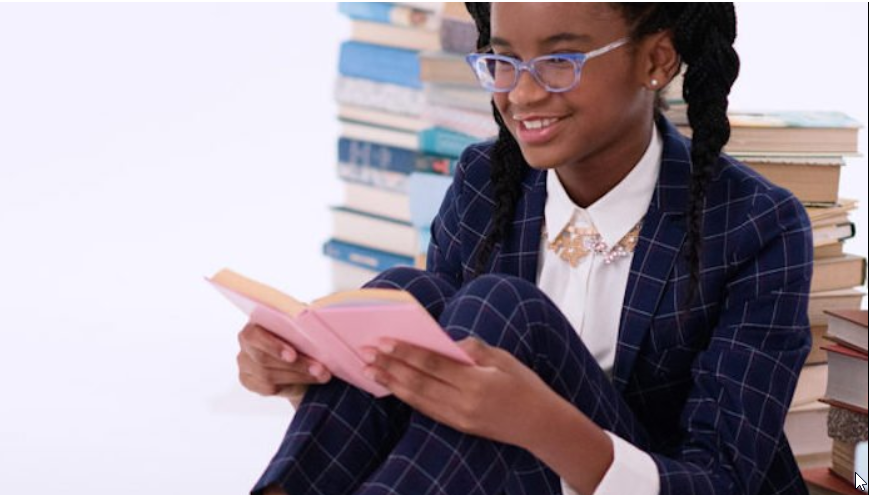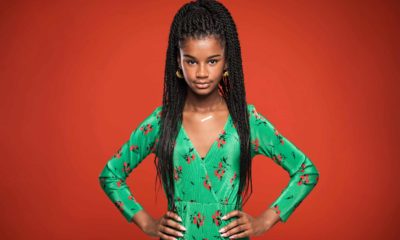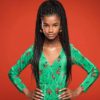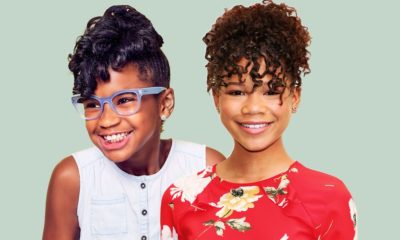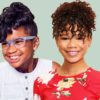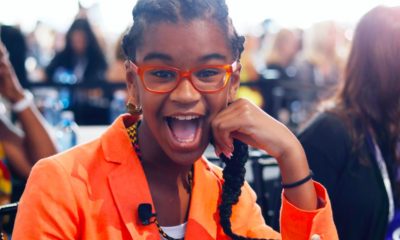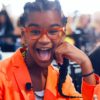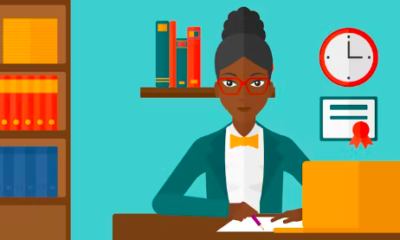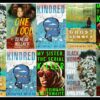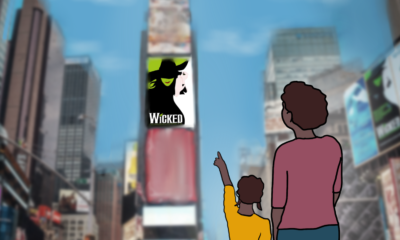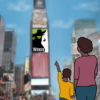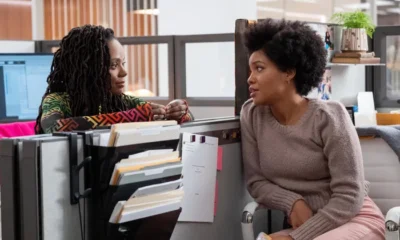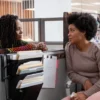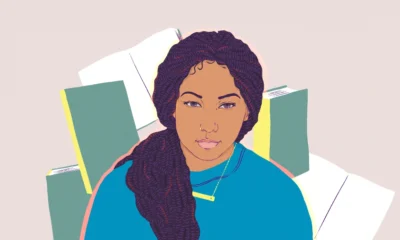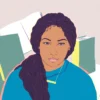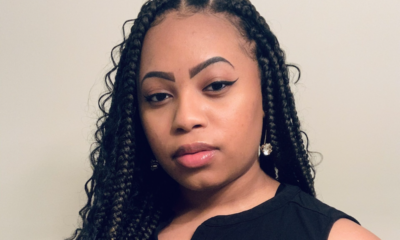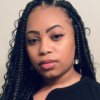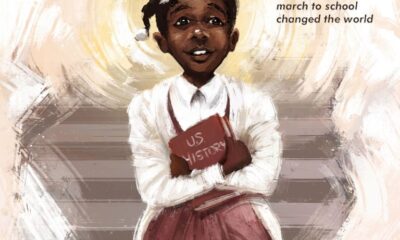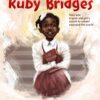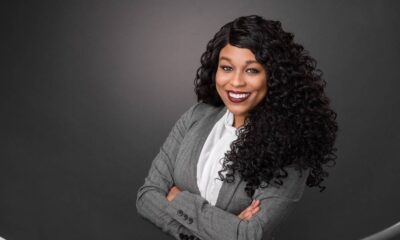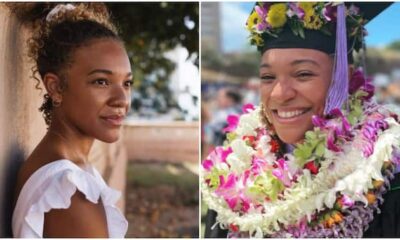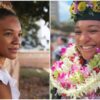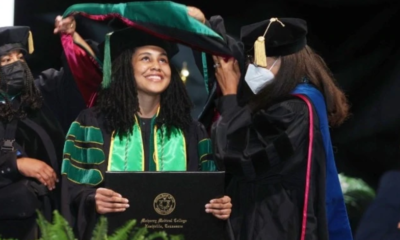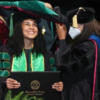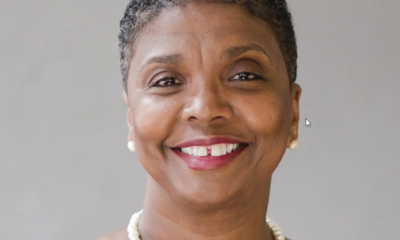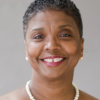Black Women in Education
Meet the 12-year-old trailblazer fighting for equality in kids’ books
Marley Dias couldn’t find enough children’s stories featuring people who look like her, so she’s changing that
Marley Dias, who is 12, arrives in New York’s Fashion District wheeling a suitcase filled with blazers, sneakers, and ten pairs of eyeglasses. She’s traveled in a town car from her home in New Jersey to be photographed for a publication that is presenting her with an award in November, which will debut this winter. She’s wearing a translucent pink plastic pair of glasses, Converse, a three-quarter-length baseball tee, and cut-off jeans.
Dias’s publicist hugs her and steps back like a mother surveying her daughter who’s just come back from college, commenting on how tall Dias has grown. The publicist introduces Dias around to the camera crew, who has been toying with the placement of stacks of books against a stark white backdrop. There’s a lot of chatter at once as the makeup artist and stylist size up Dias and lead her into the dressing room for privacy. The windowsill is lined with clip-on bows and jeweled hair accessories. Tomboy suits hang off the clothing racks. There’s a suggestion that Dias wrap her hair into pigtails, and then some discussion about whether that will look too childish. Dias sits in the dressing chair. As the makeup artist begins dabbing the brush in the liquid foundation, the publicist interjects to say she doesn’t want Dias to wear too much makeup. She should look her age.
Her mother, Janice Johnson Dias, who is the president of the small non-profit GrassROOTS Community Foundation, asked Dias over breakfast one morning what she had learned over the year. Johnson Dias likes to pose the question, “What happens when you see your own problem? What are you going to do to solve it?” Dias, then only 11, said she wanted to attempt to collect one thousand books that featured black girls as the main character. She had been reading stories in school, like “Where the Red Fern Grows,” that featured “boys and their dogs” and couldn’t relate to these protagonists. In November of 2015, Dias, then in sixth grade, launched a campaign called #1000BlackGirlBooks.
“I thought that was a very big problem,” she says of being assigned books that featured mainly white men and boys, “because kids don’t experience the same thing.”
Kathleen Horning, the director of Cooperative Children’s Book Center, which documents the number of books by and about people of color, found in 2013 that of the 650 young adult fiction books it tracked that year about humans, only 36 featured people of color as the main character, about five percent of the total. Two years later in 2015, the organization found eight percent of children’s books featured African Americans as main characters, less than one percent Native American, three percent Asian Pacific, and over 73 percent white characters. Twelve percent featured “animals, trucks, etc.” which shows there were more kids’ books being published about inanimate objects …
Please read original article- Meet the 12-year-old trailblazer fighting for equality in kids’ books



